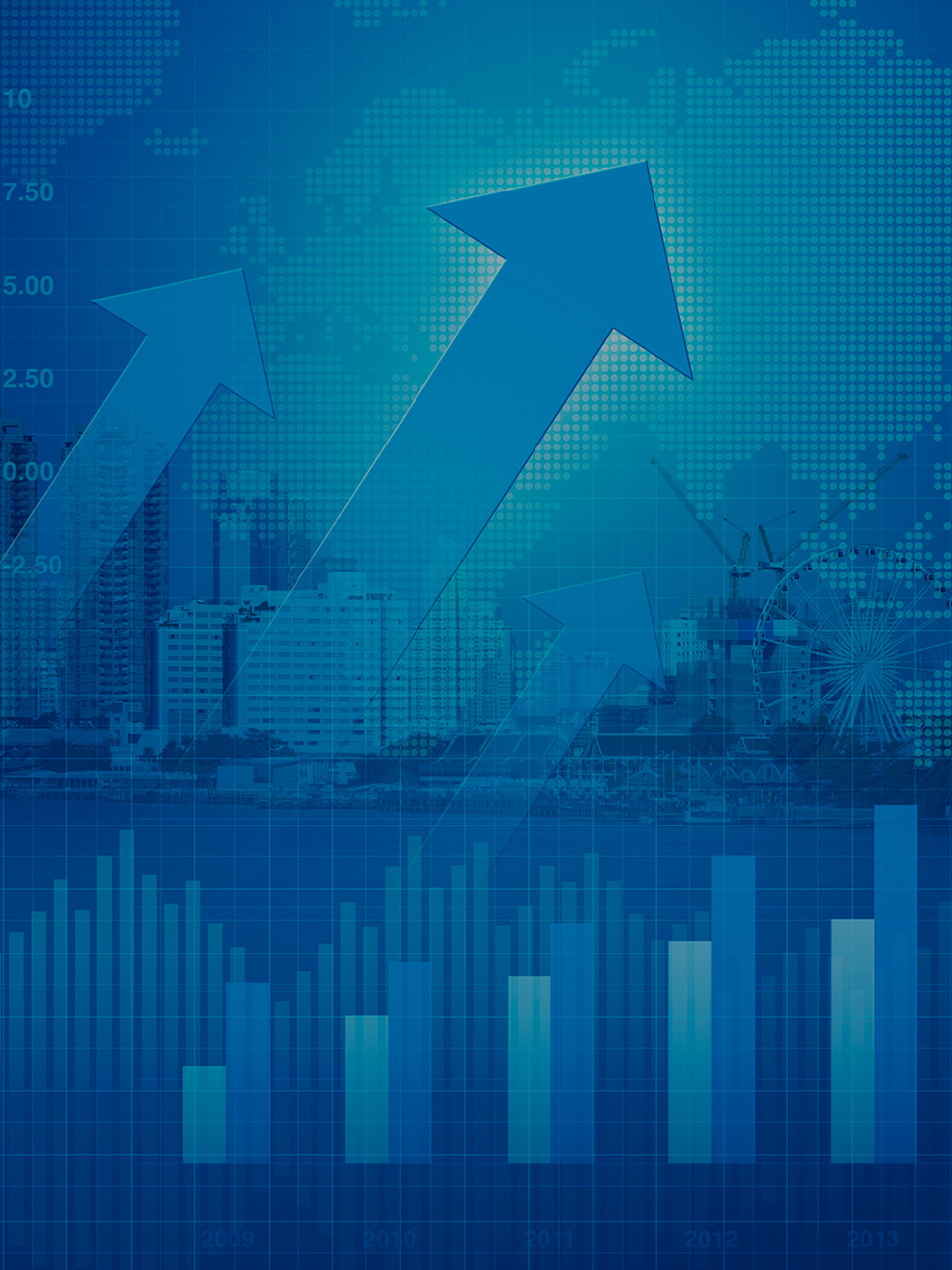
Tap to Read ➤
Socialist Economic System
Scholasticus K


A socialist economic system is a heavily-planned economy, where a planning board or the government itself sets the direction and targets for the manufacturing sector. The government officials decide the allocation of resources, set the production targets, and also the profit margin.

In today's world, every economy is based upon a specific political philosophy and ideology. The three prominent ideologies that are used by the government to orient and plan their economy are capitalism, mixed economy, and socialism.

There are different arguments about the origin of socialism; that it is an age-old concept derived form biological symbiosis, where two elements of plants and animals survive with the help of each other. Thinkers, like Karl Marx and János Kornai, established some definite principles and theories of socialism, upon which a socialist economic system is based.

Understanding Socialist Economy
Socialism as an economic system is based upon the principle of welfare of the people. As opposed to capitalism, it is based upon the principle that economic activities should be undertaken so that people would be able to use goods produced thereof, instead of employing the production for profit.

Many philosophers had previously refused to believe in this system as a legitimate one, but countries with this ideology have proved the importance and success of the element of socialism in the governance of any economy.

This has eventually led to the evolution of mixed economies. The masterpiece of such a collaboration of socialism and capitalism are the progressive and fast-growing economies of the third world nations, prominent ones among them being India and Brazil.

Essential Features
You need to know what are the characteristics of a socialist economy in order to understand it better. Here are some features.

» Ownership by Government: The principal characteristic of such an economy is the governmental ownership and nationalization of key production sectors. Though, in theory, almost all firms and companies should be nationalized, in practice, such a transfer from private to public is almost impossible.

Due to this, governments are promoted to rely on some private establishments that are largely regulated and managed by governmental laws and officials. Organizations that are involved in production in many cases are co-operative organizations, instead of firms and companies.
» Progressive Taxation and Wealth Redistribution: Often considered to be a drawback of this method, the taxation system progressively taxes higher income with higher tax percentages. The collected mammoth tax is then redistributed with the help of several public welfare schemes and policies.
» Price Control: Another distinct feature is the technique of price control. Prices of commodities are not fixed by demand and supply analysis, but are fixed by the government, with respect to the necessity and nature of the commodity.
» Nationalization and Centralization: A socialism-driven system is basically operated by a central government. The nationalization and centralization of all avenues of production are handled by one centrally-based government, which also frames the fiscal policies.
The success of this kind of an economy is found in such a convention where fiscal policies so implemented are executed by regional and grass root level administration, with an absolute timing and discipline. The economy, as a whole, thus, becomes very, very successful. The GDP shoots up almost instantaneously, and poverty is abolished.
Advantages
Economic Stability
The government plans everything well, and it is all well-coordinated to reduce unemployment and increase productivity and profit. This brings about stability and growth.
Efficient Resource Usage
Resources are utilized efficiently, and production of goods takes place keeping the profit in mind.
The government plans everything well, and it is all well-coordinated to reduce unemployment and increase productivity and profit. This brings about stability and growth.
Efficient Resource Usage
Resources are utilized efficiently, and production of goods takes place keeping the profit in mind.
Social Welfare
Since all citizens are treated equally, they all feel a responsibility towards the state. The government provides equal pay packages, free education, housing, and health facilities. Consequently, social welfare is maximized.
Since all citizens are treated equally, they all feel a responsibility towards the state. The government provides equal pay packages, free education, housing, and health facilities. Consequently, social welfare is maximized.
Monopoly
Since there is no private ownership, monopoly is minimized greatly.
Basic Needs
The basic needs of food, clothing, shelter, education, health, and security are provided. Human development is the ultimate aim.
Since there is no private ownership, monopoly is minimized greatly.
Basic Needs
The basic needs of food, clothing, shelter, education, health, and security are provided. Human development is the ultimate aim.
Disadvantages
Lack of Technology
Technological changes are limited due to the rigid planning. A minor change will cause the whole system to go wrong. Innovations and discoveries are limited, and is a monotony in the working.
Lack of Competition
Competition, being one of the factors for an economy to grow, is totally absent, which contributes to the demerits of this system.
Technological changes are limited due to the rigid planning. A minor change will cause the whole system to go wrong. Innovations and discoveries are limited, and is a monotony in the working.
Lack of Competition
Competition, being one of the factors for an economy to grow, is totally absent, which contributes to the demerits of this system.
Lack of Freedom
Everything is decided by the government. The type of occupation, designation, payment, place of work, etc. There is absolutely no freedom for the workforce.
Bureaucracy
Since the system is centralized, people have an extreme fear of the higher authorization. Again, there is no initiative to work honestly and sincerely.
Everything is decided by the government. The type of occupation, designation, payment, place of work, etc. There is absolutely no freedom for the workforce.
Bureaucracy
Since the system is centralized, people have an extreme fear of the higher authorization. Again, there is no initiative to work honestly and sincerely.
In the Modern Era
The dominating red flag of socialism and communism was often wrongfully associated with negative consequences. However, there are several success stories of socialism that can be told. Vladimir Lenin's planning of the Soviet Economy and the people's Republic of China are two prominent success stories of socialism.
The dominating red flag of socialism and communism was often wrongfully associated with negative consequences. However, there are several success stories of socialism that can be told. Vladimir Lenin's planning of the Soviet Economy and the people's Republic of China are two prominent success stories of socialism.
Though it has indeed given rise to communism, there are several aspects that have proved to be successful in the past. The Soviet Union's Five Year Plans of economic planning is one of the best socialist policy that found success not only in the Soviet Union, but is widely used by many other nations.
Whatever the economic system, socialism or capitalism, each have their pros and cons. While we need to keep striving to achieve the best in what we follow, we cannot have our foot in both the systems. We need to follow the designated method applied in our country and strive to make it better by maximizing the advantages, and minimizing the disadvantages.